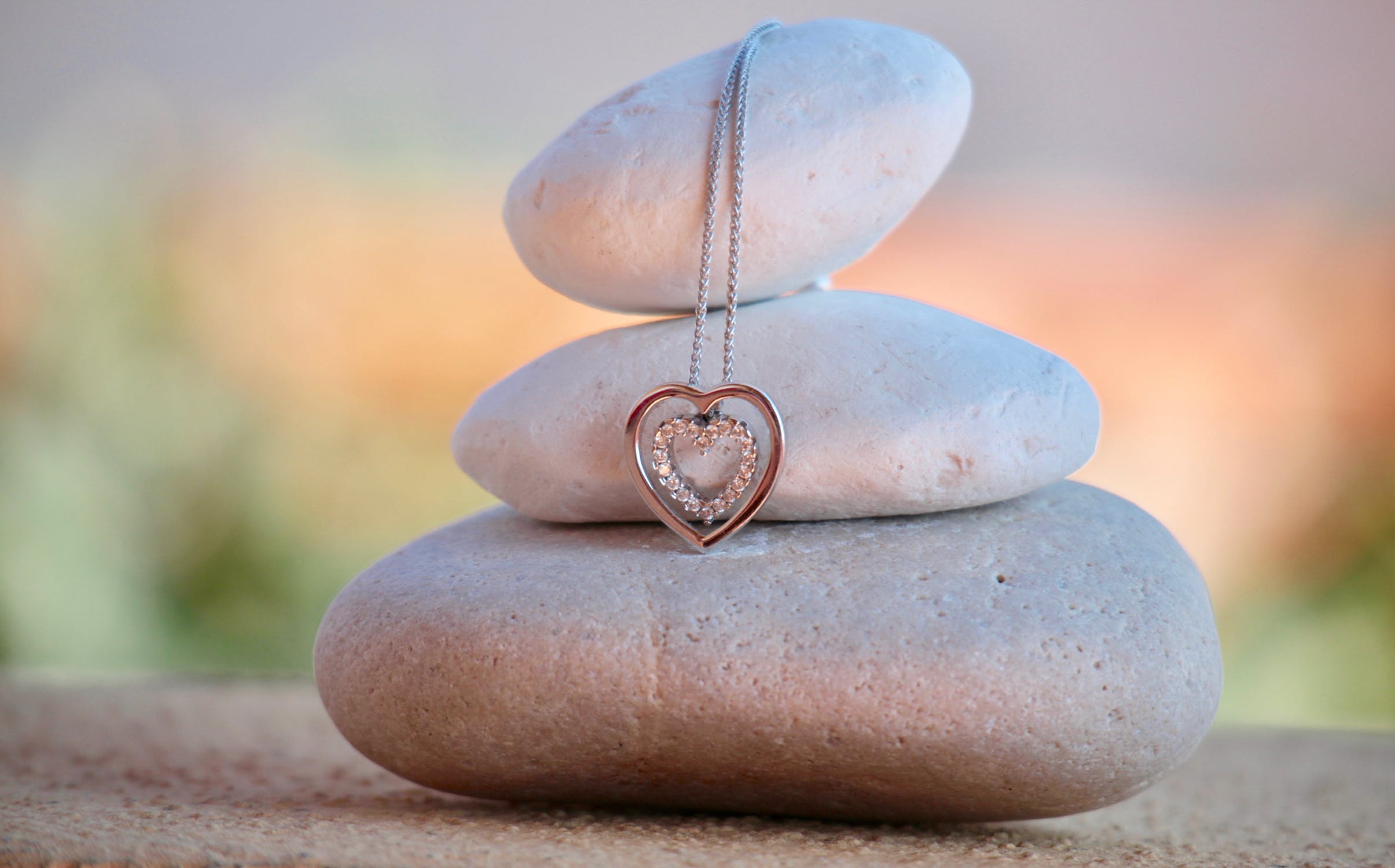Diamonds cut is an essential element of diamond evaluation, and it stands among the 4 C’s, along with clarity, colour, and carat. One aspect of a diamond’s cut is its shape. Expert gemcutters employ precise instruments to cut gems into shapes through the use of facets. When a diamond is correctly shaped, its true brilliance is revealed. With that in mind, no diamond education is complete without an understanding of the many diamond shapes available to you.
Different Shapes for Different Personal Expressions
Over time, and through the research and experience of gemologists, several common diamond shapes have emerged that enjoy proven popularity as well as mathematical precision to maximise the three reflective qualities of a diamond: brilliance, fire, and scintillation.
Round – By far the most popular and well-understood cut, the classic round or “brilliant” cut normally uses 57 facets. Because of the round cut’s prevalence, you are likely to experience the most amount of choice in the other C’s of diamond grading if you choose this cut.
Pear – The pear utilises a timeless tear drop shape for a stunning, dynamic presentation. Because of the angles of the facets, the bottom of a pear diamond tend to be the stone’s most brilliant part.
Marquise – With points at either end, the marquise cut has the advantage of making smaller stones appear bigger. Like the pear cut, these stones can also have a slimming effect for hands. The centre of these stones are usually the most luminous.
Emerald – Either rectangular or (more rarely) square—in which case it’s often referred to as an Asscher cut—the emerald cut features a step-cut row of facets on its edges. This cut tends to highlight the clarity of a diamond, so a good clarity grade is often essential for a diamond cut in this fashion.
Princess – A square cut with sharp corners, the princess cut usually has 76 facets—more than a round cut—to truly bring out a diamond’s brilliance. The princess is a unique cut that is particularly popular for engagement rings.
Oval – As the name implies, the oval cut is an evolution of the traditional round cut, and it has a more oblong shape. A facet count of 56 is typical for the oval cut.
Heart – Like the oval cut, the heart cut is a modification of the round cut. Naturally, the heart cut is an unforgettable and perfect way to express romantic love.
Radiant – Trimmed corners give the radiant cut a unique look among diamond shapes. As with other diamonds, the degree of rectangularity varies, and it’s important to find the correct length-to-width ratio that works for you.
Cushion – The cushion or pillow cut is a modification of the round cut. It uses larger facets and more rounded corners to maximise a diamond’s brilliance and emphasise the diamond’s clarity.
Get in Shape with Ja-Diam
There are many considerations when it comes to selecting the right diamond shape, and the friendly experts at Ja-Diam are here to assist you. Contact our office today to get started on your next diamond selection process.






